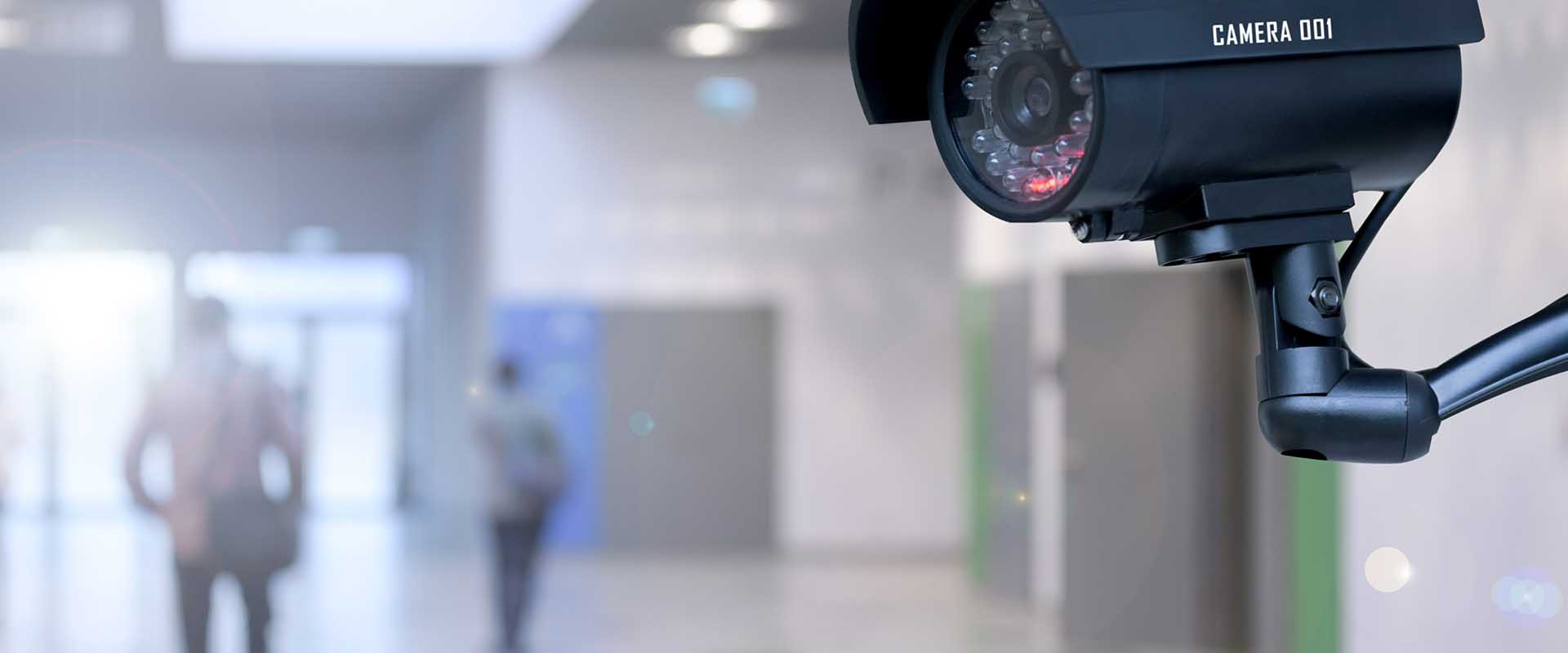Cameras, Questions and Collaboration

When Greg Blount embarked on a project to install cameras in the Merced City School District’s schools in an effort to quell a tide of vandalism and break-ins, a host of legal questions greeted him.
Could cameras be used to record threats of violence made in a school office, or would a right to privacy shield the person who made them? Could audio recordings be made on campus at all? How long should the cameras’ recorded footage be kept, and who would have the right to view it? Would the district be required to bargain with its employees before cameras could even be installed? Similar questions would be raised by most public agencies considering the acquisition of cameras or other surveillance devices.
“It’s not just (about) getting a camera in place,” said Blount, the Merced district’s director of IT and support services.
While the goals of installing cameras on campus—curbing theft and vandalism, safeguarding students and staff—may be noble, efforts to deploy the technology have raised legal issues with respect to student and employee privacy, public access to records and the right to be free from unreasonable government searches.
Whether a camera runs afoul of a student or teacher’s privacy rights, for example, can depend on where the camera is placed and whether it records audio. While Blount recommended installing actual cameras that record video (instead of “dummy” cameras intended to deter unwanted activity), the public’s access to video can depend on how long a district ordinarily retains it and whether students are depicted in it.
Allowing police to control, view and record data under the auspices of a grant raises another set of policy questions about how they will use video the cameras produce, Blount said, so it’s important that before such a program gets underway, clear expectations are set.
Blount indicated that it’s important for IT departments considering cameras to be aware that they pose many legal questions and that there must be solid policies in place before they are in use. He said that the district’s process relied on “a lot of collaboration” between its IT, facilities and personnel departments and the district’s administration. They worked together to determine which policies would govern various uses such as proactive monitoring during the school day and the review of video depicting vandalism and break-ins.
“Each group helped bring their ‘lens’ to the problem so that the solution was more comprehensive than would have occurred if one department had embarked on its own version of solving the security problem,” Blount said. “The team approach is the healthiest approach when building something this complex.”
Ultimately, Blount opted to place cameras outside only and to avoid recording audio, though he said the district might consider expanding its use of cameras in the future. So far, he said, the cameras have been effective.
When students see that they are being monitored, he said, “That is a surprisingly good deterrent.”
Blount recommended that school districts that choose to employ video cameras on campus ensure that everyone who comes on campus knows they are being recorded.
“You have to be ready to have those conversations,” he said.
Blount said a school district’s IT department should be able to focus on technical questions like how long the cameras should record and at what resolution, and how much server space should be set aside to store the footage they produce. Ideally, the answers to those questions would be guided by district policy.
An IT department can facilitate this policy discussion, Blount said—avoiding arguments and allowing the department to maintain its proper niche as caregivers of the equipment and the data it produces. He said that getting people together to talk about the issues that on-campus cameras may raise could save IT departments a lot of work.
“A wise IT director will ask a lot of questions about the process before putting cameras in or they will be caught in the middle of warfare between different groups,” he said.
Lozano Smith’s Technology & Innovation Practice Group can answer your school district’s questions about the potential legal issues cameras pose and can also help your policy makers craft clear policies for their use.
Could cameras be used to record threats of violence made in a school office, or would a right to privacy shield the person who made them? Could audio recordings be made on campus at all? How long should the cameras’ recorded footage be kept, and who would have the right to view it? Would the district be required to bargain with its employees before cameras could even be installed? Similar questions would be raised by most public agencies considering the acquisition of cameras or other surveillance devices.
“It’s not just (about) getting a camera in place,” said Blount, the Merced district’s director of IT and support services.
While the goals of installing cameras on campus—curbing theft and vandalism, safeguarding students and staff—may be noble, efforts to deploy the technology have raised legal issues with respect to student and employee privacy, public access to records and the right to be free from unreasonable government searches.
Whether a camera runs afoul of a student or teacher’s privacy rights, for example, can depend on where the camera is placed and whether it records audio. While Blount recommended installing actual cameras that record video (instead of “dummy” cameras intended to deter unwanted activity), the public’s access to video can depend on how long a district ordinarily retains it and whether students are depicted in it.
Allowing police to control, view and record data under the auspices of a grant raises another set of policy questions about how they will use video the cameras produce, Blount said, so it’s important that before such a program gets underway, clear expectations are set.
Blount indicated that it’s important for IT departments considering cameras to be aware that they pose many legal questions and that there must be solid policies in place before they are in use. He said that the district’s process relied on “a lot of collaboration” between its IT, facilities and personnel departments and the district’s administration. They worked together to determine which policies would govern various uses such as proactive monitoring during the school day and the review of video depicting vandalism and break-ins.
“Each group helped bring their ‘lens’ to the problem so that the solution was more comprehensive than would have occurred if one department had embarked on its own version of solving the security problem,” Blount said. “The team approach is the healthiest approach when building something this complex.”
Ultimately, Blount opted to place cameras outside only and to avoid recording audio, though he said the district might consider expanding its use of cameras in the future. So far, he said, the cameras have been effective.
When students see that they are being monitored, he said, “That is a surprisingly good deterrent.”
Blount recommended that school districts that choose to employ video cameras on campus ensure that everyone who comes on campus knows they are being recorded.
“You have to be ready to have those conversations,” he said.
Blount said a school district’s IT department should be able to focus on technical questions like how long the cameras should record and at what resolution, and how much server space should be set aside to store the footage they produce. Ideally, the answers to those questions would be guided by district policy.
An IT department can facilitate this policy discussion, Blount said—avoiding arguments and allowing the department to maintain its proper niche as caregivers of the equipment and the data it produces. He said that getting people together to talk about the issues that on-campus cameras may raise could save IT departments a lot of work.
“A wise IT director will ask a lot of questions about the process before putting cameras in or they will be caught in the middle of warfare between different groups,” he said.
Lozano Smith’s Technology & Innovation Practice Group can answer your school district’s questions about the potential legal issues cameras pose and can also help your policy makers craft clear policies for their use.
As the information contained herein is necessarily general, its application to a particular set of facts and circumstances may vary. For this reason, this News Brief does not constitute legal advice. We recommend that you consult with your counsel prior to acting on the information contained herein.




